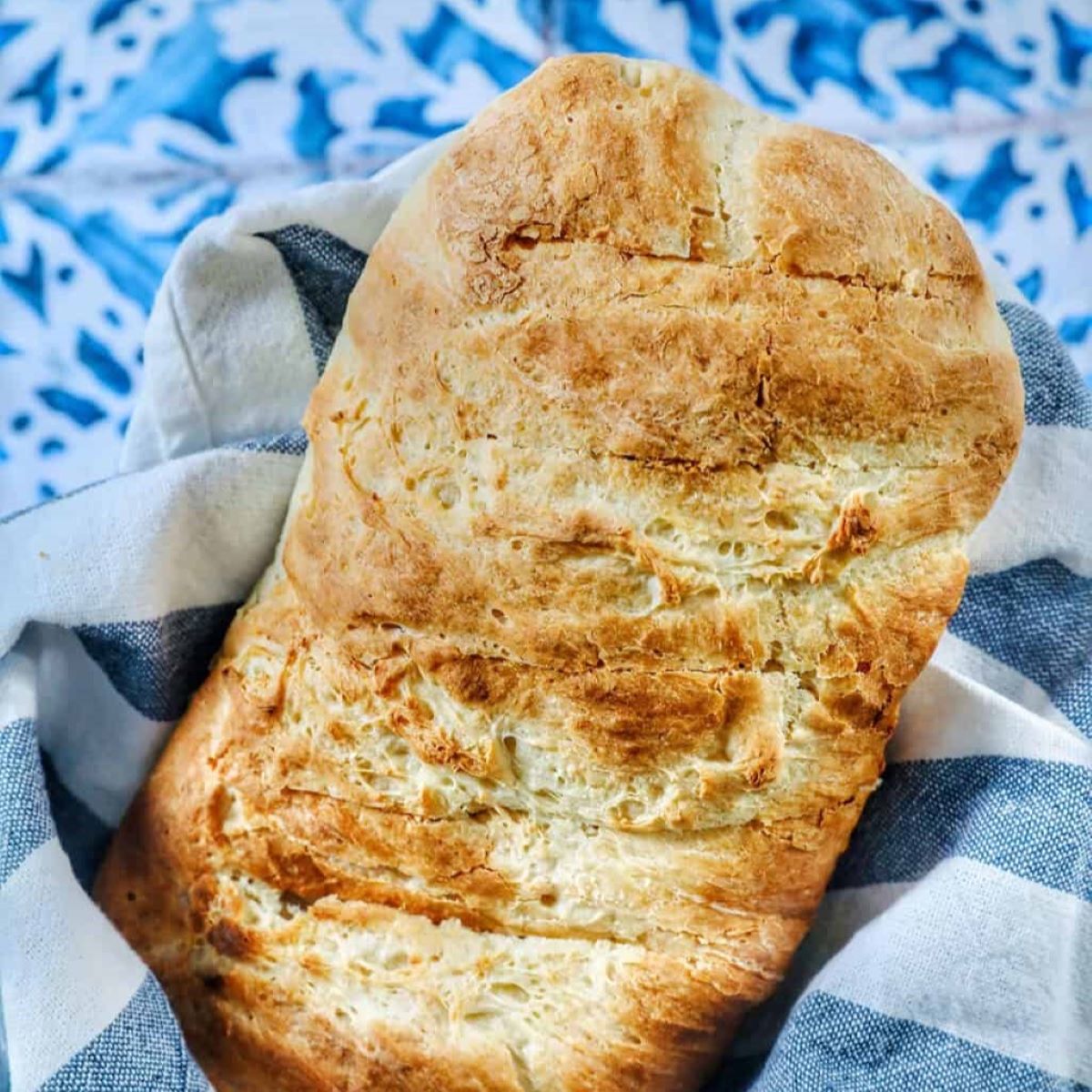

Articles
How To Store Homemade French Bread
Modified: February 26, 2024
Learn the best techniques for storing homemade French bread in this informative article. Keep your bread fresh and delicious for longer with these helpful tips.
(Many of the links in this article redirect to a specific reviewed product. Your purchase of these products through affiliate links helps to generate commission for Storables.com, at no extra cost. Learn more)
Introduction
Homemade French bread is a delicious and versatile bread that can be enjoyed in a variety of ways. Whether you’re using it as a base for sandwiches or simply enjoying it with a pat of butter, there’s nothing quite like the taste and texture of fresh, crusty French bread.
However, keeping homemade French bread fresh and flavorful can be a challenge. Without proper storage techniques, the bread may become stale and lose its delightful chewiness. In this article, we will explore the best practices for storing homemade French bread to help you extend its shelf life and preserve its taste and texture.
Key Takeaways:
- Master the art of homemade French bread by using high-quality ingredients, allowing ample rising time, and baking to golden perfection. Proper storage techniques will help preserve its freshness and flavor for longer enjoyment.
- To store homemade French bread, wrap it tightly in plastic or place it in a bread bag. Avoid refrigeration, and if needed, freeze sliced bread for extended freshness. Enjoy the delightful taste of freshly baked bread anytime!
Read more: How To Store French Bread
Equipment Needed
Before you begin making and storing your homemade French bread, it’s essential to gather the necessary equipment. Fortunately, you don’t need any specialized or fancy tools. Here’s a list of the basic equipment you’ll need:
- Baking Sheet: A large baking sheet is essential for baking the French bread.
- Parchment Paper: To prevent the bread from sticking to the baking sheet, use parchment paper.
- Plastic Wrap: You’ll need plastic wrap to cover the bowl during the proofing process.
- Cooling Rack: A cooling rack allows the bread to cool evenly and prevents it from becoming soggy on the bottom.
- Bread Bag or Reusable Storage Container: To store the bread, you can use a bread bag or airtight storage container.
With these simple tools on hand, you’ll be well-prepared to tackle the process of making and storing your homemade French bread.
Ingredients
To make homemade French bread, you’ll need the following ingredients:
- 4 cups of all-purpose flour: Choose a high-quality flour for the best results.
- 2 teaspoons of active dry yeast: This will help the bread rise and develop its airy texture.
- 2 teaspoons of salt: Salt adds flavor to the bread and helps to control the yeast fermentation process.
- 1 1/2 cups of warm water: The water should be around 110°F to activate the yeast.
- 1 teaspoon of sugar: Sugar acts as food for the yeast, helping it to ferment and activate.
These simple ingredients come together to create a delicious loaf of homemade French bread. Feel free to experiment with additional ingredients like herbs, garlic, or cheese to add your own personal touch to the bread.
Step 1: Preparing the Dough
To start making your homemade French bread, you’ll begin by preparing the dough. Follow these steps:
- In a large mixing bowl, combine the all-purpose flour and salt. Mix well to evenly distribute the salt throughout the flour.
- In a separate small bowl, dissolve the sugar in warm water. Sprinkle the yeast over the water-sugar mixture and gently stir. Let it sit for about 5 minutes until the yeast becomes frothy.
- Pour the yeast mixture into the bowl with the flour and salt. Stir everything together until a rough dough forms.
- Transfer the dough onto a lightly floured surface. Knead the dough for about 10 minutes until it becomes smooth and elastic. Use the heel of your hand to push the dough away from you, then fold it back over itself. Rotate the dough and repeat this process, adding more flour as needed to prevent sticking.
- Shape the dough into a ball and place it in a greased bowl. Cover the bowl with plastic wrap and let the dough rise for about 1-2 hours or until it doubles in size.
By following these steps, you’ll have a well-prepared dough that is ready for the proofing process. The key is to be patient during the rising time and allow the yeast to work its magic.
Step 2: Proofing the Dough
After preparing the dough, it’s time to let it rise through the process called proofing. This step is crucial for developing the flavor and texture of your French bread. Follow these steps to properly proof your dough:
- Punch down the risen dough to release any air bubbles. Transfer it to a lightly floured surface and gently shape it into a rectangle.
- Starting from one edge, roll the dough tightly into a cylinder shape. Pinch the seams together to seal the dough.
- Place the dough seam-side down on a baking sheet lined with parchment paper. Cover the dough loosely with plastic wrap or a clean kitchen towel.
- Allow the dough to rise for a second time, typically for about 30-60 minutes. The dough should increase in size and become puffy.
- Preheat your oven to 450°F (230°C) during the last 10-15 minutes of the proofing time. This ensures that the oven is hot and ready for baking.
Proofing the dough allows the yeast to ferment further, resulting in a light and airy texture in the finished bread. It’s important to monitor the dough during this process, as overproofing can cause the bread to collapse or become too puffy.
After the French bread has cooled completely, store it in a paper bag at room temperature for up to 2 days. For longer storage, wrap it tightly in plastic wrap and freeze for up to 3 months.
Read more: How To Store French Baguette
Step 3: Shaping the Bread
Once your dough has been properly proofed, it’s time to shape it into the classic French bread shape. Follow these steps to achieve the signature long and slender loaf:
- Gently transfer the proofed dough onto a lightly floured surface. Be careful not to deflate the dough too much.
- Using your hands or a dough scraper, divide the dough into two equal portions. Shape each portion into a rough oval shape.
- Starting from one end, fold the dough inwards, rolling it tightly towards the opposite end. As you roll, apply gentle pressure to create tension on the surface of the dough.
- With the seam side down, cup your hands around the dough and gently roll it under your palms to create a smooth and elongated loaf shape. Taper the ends slightly to mimic the traditional French bread shape.
- Transfer the shaped bread onto a baking sheet lined with parchment paper. Repeat the shaping process with the remaining dough portion.
Shaping the bread properly is important as it contributes to the final appearance and texture of the French bread. The tight shape helps to create a nice crust and an open, airy crumb.
Step 4: Baking the Bread
Now that you have shaped your French bread, it’s time to bake it to golden perfection. Follow these steps for a delicious and crusty loaf:
- Preheat your oven to 450°F (230°C). Place a shallow baking dish or pan on the lowest rack of the oven and fill it with hot water. This creates steam in the oven, which helps to develop a crispy crust.
- Using a sharp knife or a razor blade, make three diagonal slashes across the top of each loaf. This not only adds a decorative touch but also allows the bread to expand during baking.
- Transfer the baking sheet with the loaves to the preheated oven, placing it on the middle rack. Bake for about 20-25 minutes, or until the bread is golden brown and sounds hollow when tapped on the bottom.
- Remove the baked bread from the oven and transfer it to a cooling rack. Allow it to cool completely before slicing and serving.
Baking the bread at a high temperature and ensuring the presence of steam in the oven helps to create a crispy crust. The bread should have a beautiful golden color and a delightful aroma when it is done.
Step 5: Cooling and Storing the Bread
After you’ve baked your homemade French bread to perfection, it’s time to cool it and properly store it to maintain its freshness. Follow these steps for optimal results:
- Once the bread is out of the oven, transfer it to a cooling rack. Allowing the bread to cool completely is important, as it continues to cook and set during this time.
- Avoid slicing the bread immediately after baking, as it can result in a gummy texture. The bread needs time to cool and fully develop its flavor and structure.
- Once the bread has cooled, it’s time to store it. To maintain its freshness, wrap the bread tightly in plastic wrap or place it in a bread bag.
- If you prefer a softer crust, you can also store the bread in a paper bag. This allows it to breathe slightly and prevents the crust from becoming too hard.
- Place the wrapped or bagged bread in a cool and dry place, such as a bread box, pantry, or kitchen counter. Avoid storing it in the refrigerator, as the moisture can make the bread stale.
- French bread is best enjoyed within a day or two of baking. To keep it fresh for longer, you can freeze the bread. Slice the loaf before freezing, and wrap each slice tightly in plastic wrap or place them in a freezer-safe bag.
When you’re ready to enjoy the bread, simply thaw the frozen slices at room temperature or toast them in a toaster oven.
By following these steps, you can enjoy your homemade French bread at its best, from the moment it comes out of the oven to days later when you’re craving a delicious slice.
Conclusion
Making homemade French bread is a rewarding and enjoyable process. By following the steps outlined in this article, you can create a delicious loaf of bread with a crisp crust and a soft, chewy interior. The key is to use high-quality ingredients, give the dough ample time to rise, and bake the bread to golden perfection.
Properly storing your homemade French bread is important to preserve its freshness and flavor. By wrapping it tightly in plastic wrap or storing it in a bread bag, you can extend its shelf life and enjoy it for longer. Avoid refrigerating the bread, as this can actually make it go stale faster.
Whether you’re using your homemade French bread to make sandwiches, serve with soups, or enjoy on its own with butter, the time and effort put into making it will be well worth it. The aroma of freshly baked bread and the satisfaction of creating something from scratch are truly unbeatable.
Now that you have the knowledge and the steps to make and store your homemade French bread, it’s time to put them into action. Get ready to impress your family and friends with your baking skills and enjoy the delicious taste of freshly baked French bread whenever you desire.
Happy baking!
Frequently Asked Questions about How To Store Homemade French Bread
Was this page helpful?
At Storables.com, we guarantee accurate and reliable information. Our content, validated by Expert Board Contributors, is crafted following stringent Editorial Policies. We're committed to providing you with well-researched, expert-backed insights for all your informational needs.

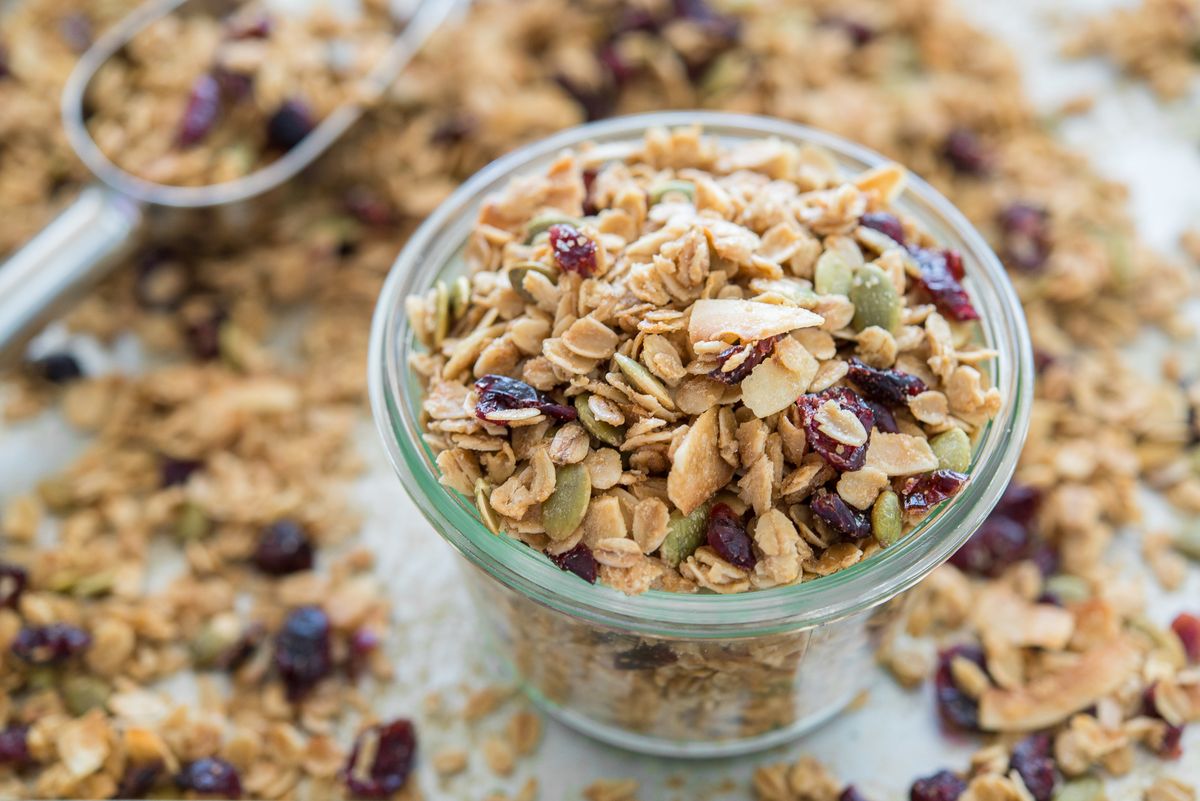


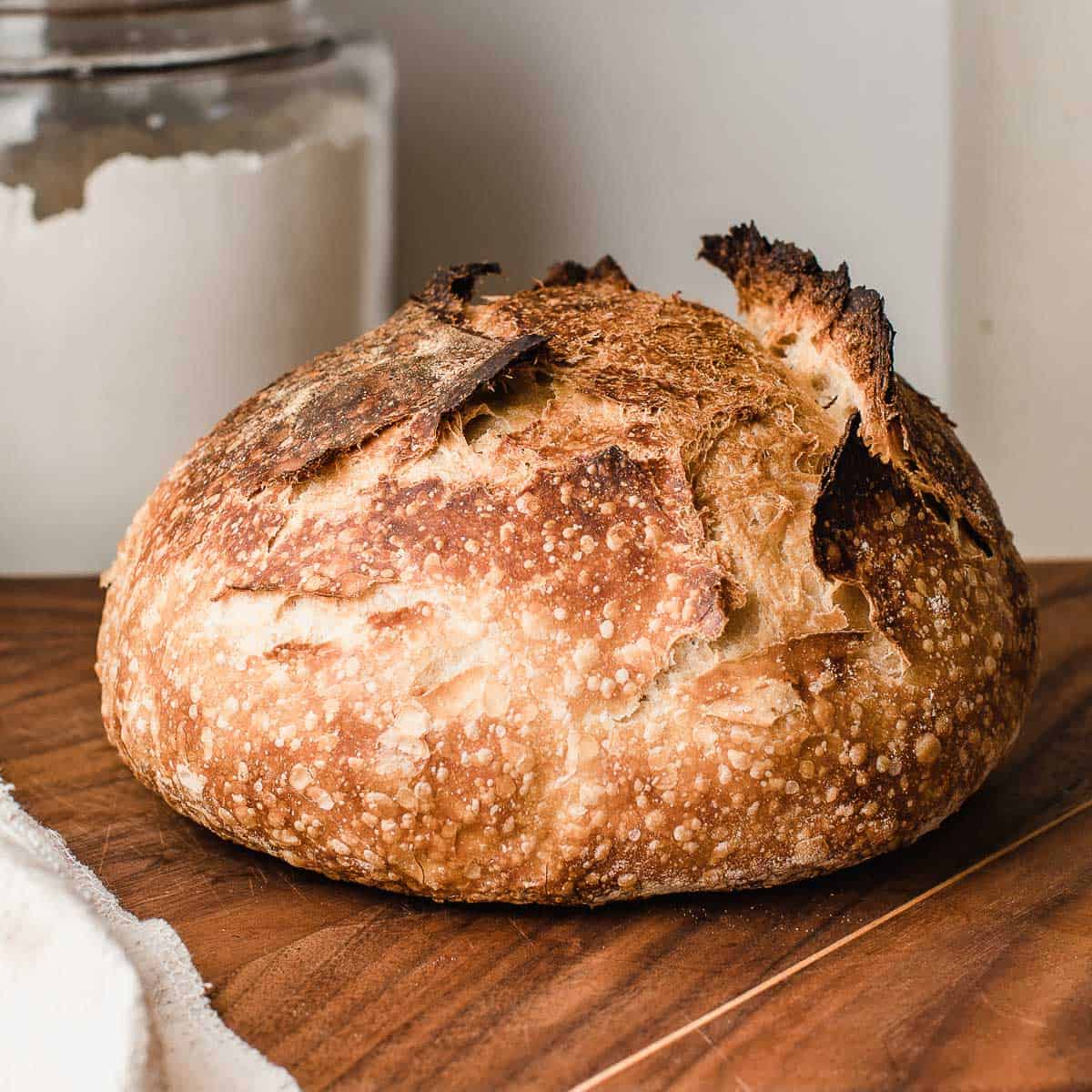
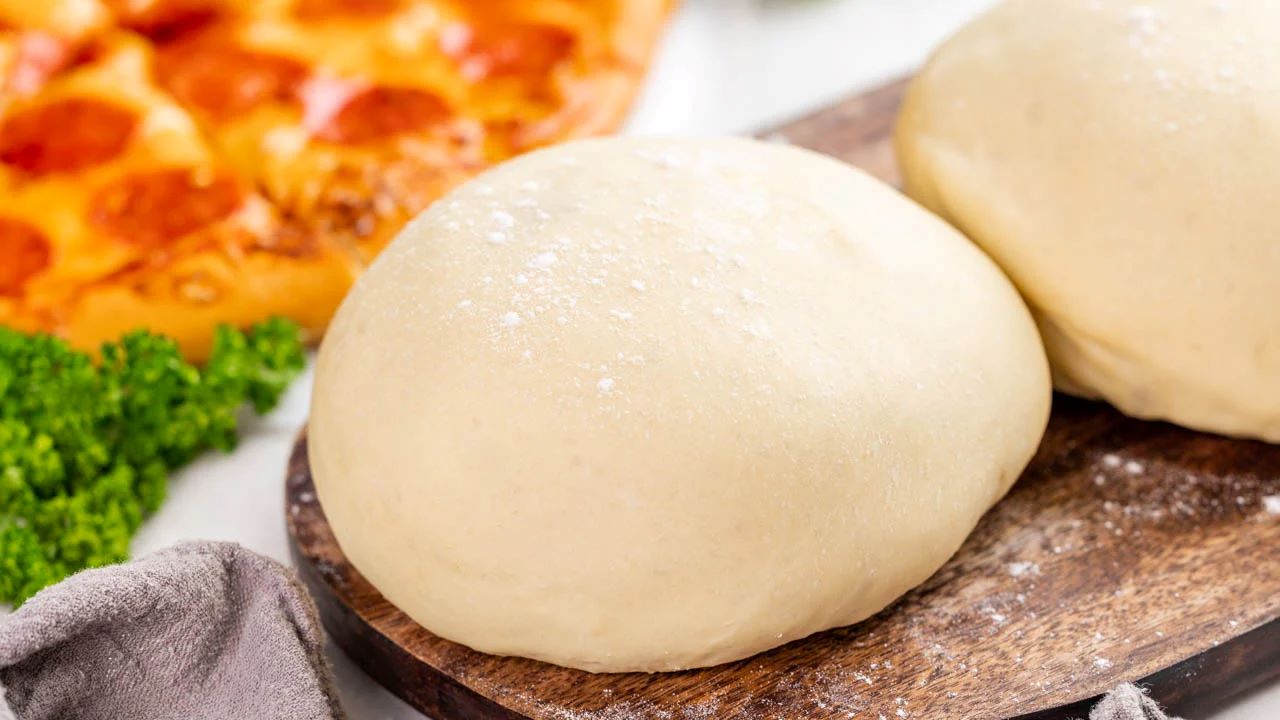







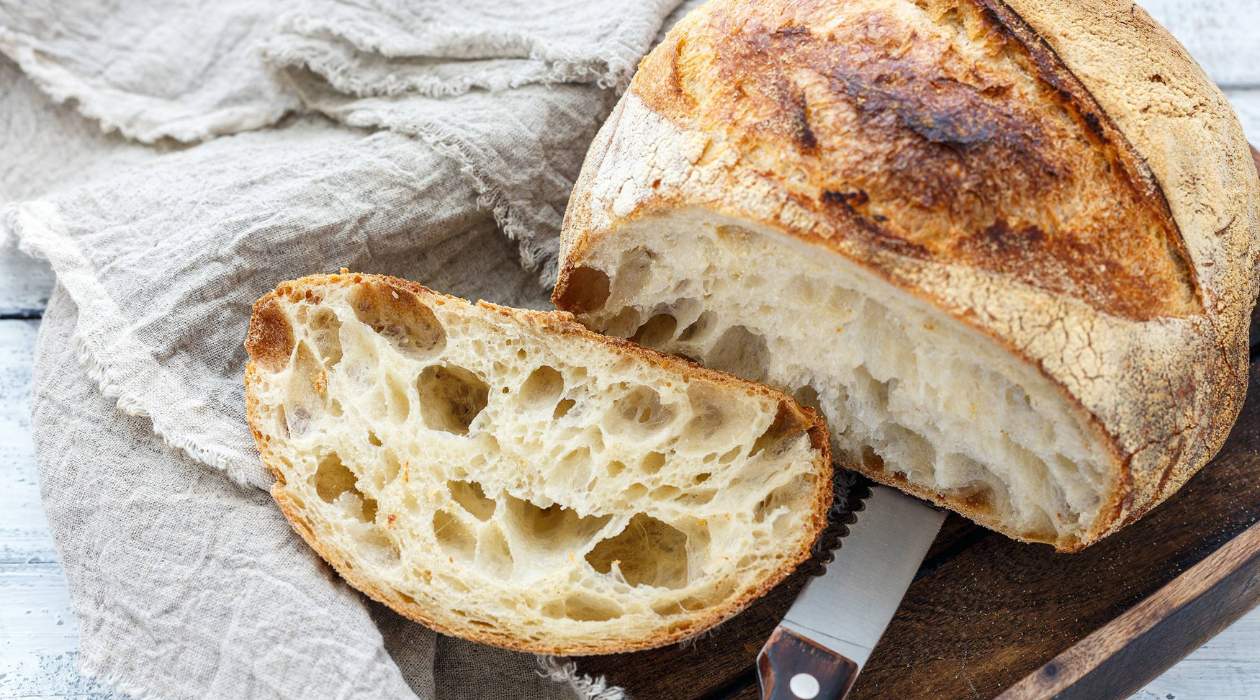

0 thoughts on “How To Store Homemade French Bread”